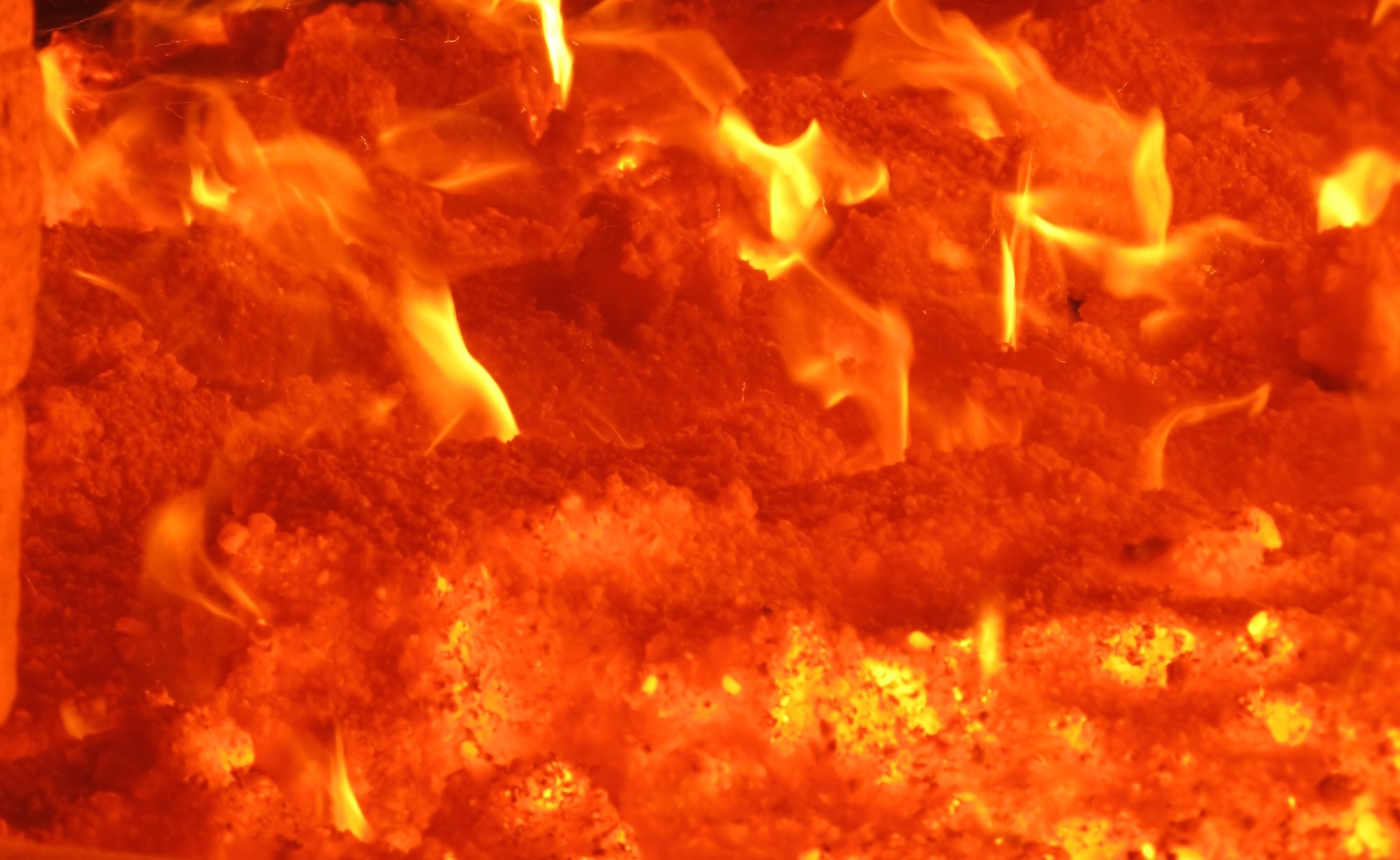Scientists have demonstrated one-way heat transfer using topological thermal metaphotonics, which could lead to more efficient, defect-tolerant thermal management and energy-harvesting tech.
 Image Credit: DyziO/Shutterstock.com
Image Credit: DyziO/Shutterstock.com
The researchers have made a major advance in controlling radiative heat flow at the nanoscale by combining topological physics with thermal metaphotonics.
Their study, published in npj Metamaterials, introduces a new framework for achieving nonreciprocal (one-way) heat transfer, a key objective in thermal management and photonic engineering.
Conventional thermal systems often face challenges such as energy loss, scattering, and sensitivity to imperfections. By integrating topological principles, where specific physical states remain stable even in the presence of structural defects, the researchers have managed to achieve unidirectional heat transport that is both efficient and resilient.
Exploring the Fizeau Drag Effect and Weyl Semimetals
Central to this work is the Fizeau drag effect, a phenomenon in which light travels at different speeds through moving materials. Previously observed in liquids and plasmonic systems like graphene, this effect was reexamined using Weyl semimetals, materials that naturally display one-way behavior due to their unique electronic structures.
Inspired by the innate nonreciprocal properties of Weyl semimetals, the research team designed a photonic crystal capable of supporting unidirectional radiative heat transfer, removing the need for an external magnetic field to control the flow of energy.
Designing the Honeycomb Nanoparticle Lattice
The study focused on a honeycomb-shaped thermophotonic lattice made of nanoparticles. Each unit contained two particles arranged in π-rotation symmetry. This lattice was engineered to function effectively at deep-subwavelength scales, where traditional thermal radiation models break down due to strong long-range coupling between particles.
Using a combination of theoretical modeling and numerical simulations, the researchers applied many-body radiative heat transfer theory to build a Hamiltonian for the two-dimensional lattice. This method allowed them to precisely analyze in-plane (IP) and out-of-plane (OP) electromagnetic modes as well as the impact of Weyl node separation on thermal transport.
Experimental validation was achieved using a cryogenic magneto-scanning near-field optical microscope (m-SNOM), which enabled direct observation of time-reversal symmetry breaking and confirmed the presence of one-way heat flow within the lattice.
Key Findings and Their Significance
The findings reveal that researchers can dictate the direction of heat flow without external magnetic input by introducing Weyl nodes with opposite chirality. This breakthrough enables stable, one-directional heat transport even in systems with imperfections, sharp bends, or structural disorder.
Quantitative analysis showed that the combination of unidirectional propagation, energy localization, and topological protection enhanced spectral radiative heat transfer by several orders of magnitude compared to conventional systems. The study also connected the thermophotonic Corbino effect to axion electrodynamics, deepening the theoretical understanding of nonreciprocal heat transport.
When the researchers introduced scattering obstacles and positional disorder, the lattice maintained its efficient energy transfer. This behavior indicates the real-world potential of topological nonreciprocal systems for stable thermal operation under challenging conditions.
Download your PDF now!
Applications in Energy and Thermal Management
Being able to direct heat flow along a single pathway has far-reaching implications for thermal diodes, energy harvesting, and temperature regulation. Devices using one-way heat transport could enhance cooling efficiency, extend electronic component lifetimes, and reduce energy losses.
In addition, the same principles could lead to advanced thermal insulation materials capable of maintaining temperature gradients while minimizing unwanted radiation. Because the system tolerates imperfections, it offers strong potential for integration into practical thermophotonic and energy-conversion technologies.
Looking Ahead
This research establishes one-way heat transfer in deep-subwavelength thermal metaphotonics in materials science and engineering. Applying topological principles to heat transport is beginning to lay the groundwork for high-performance, energy-efficient thermal systems.
Future studies are expected to explore other topological materials and their interactions with thermal radiation, with the potential to uncover new methods to control energy flow at the nanoscale.
Overall, the work offers both scientific insight and technological promise, setting the stage for a new wave of topologically engineered thermal devices that redefine how heat is managed and used.
Journal Reference
Yang, S., et al. (2025, September). One-way heat transfer in deep-subwavelength thermal metaphotonics. npj Metamaterials 1, 1 (2025). DOI: 10.1038/s44455-025-00001-w, https://www.nature.com/articles/s44455-025-00001-w
Disclaimer: The views expressed here are those of the author expressed in their private capacity and do not necessarily represent the views of AZoM.com Limited T/A AZoNetwork the owner and operator of this website. This disclaimer forms part of the Terms and conditions of use of this website.